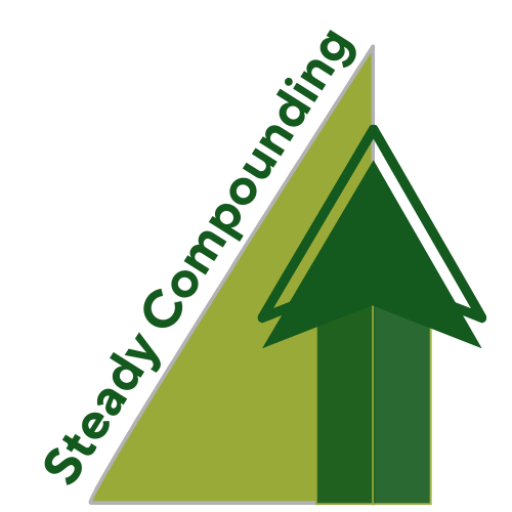Fundsmith performed an exercise looking at 25 quality compounders, and what an investor could have paid for a compound annual growth rate (CAGR) of 7% between 1973 and 2019. Over this period, the MSCI World Index produced a CAGR of 6.2%.
“An investor could have paid 281 times earnings for L’Oréal, 156 times for Colgate, and 147 times for Brown-Forman and still beat the market.”
Terry Smith, Fundsmith
What this means is that the market continuously underpriced these great businesses over time, giving investors the opportunity to achieve market-beating returns by sticking to these compounders.
For Fundsmith, quality companies have the following characteristics: high returns on invested capital, strong margins, good cash conversion, defensive business models and long growth runways.
“Provided you have the patience, these quality stocks do tend to produce the sort of performance over long periods of time that makes their valuation fade into insignificance.”
Terry Smith, Fundsmith
The origin of the above statement comes from Charlie Munger “Over the long term, it’s hard for a stock to earn a much better return than the business which underlies it earns. If the business earns six percent on capital over forty years and you hold it for that forty years, you’re not going to make much different than a six percent return – even if you originally buy it at a huge discount. Conversely, if a business earns eighteen percent on capital over twenty or thirty years, even if you pay an expensive looking price, you’ll end up with one hell of a result.”
Take some time to let the quote above sink in.
Let’s look at what Munger said with an example. We have company A earning 6% and company B making 18%, both with an intrinsic value (IV) of $100 today.
The market price of company A is half of IV, at $50. While company B is commanding a premium and the market is demanding twice of IV at $200.

Now let’s see what happens when Company A compounds its intrinsic value at 6% while Company B compounds its intrinsic value at 18% over 40 years.

Over a long period, the power of compounding will drive Company B’s IV through the roof!
Let’s be conservative and assume that Company A is trading at double of IV at year 40, while Company B is trading at half of IV at year 40.

Even if Company A’s valuation jump by 4 times (from half of IV at year 1 to double of IV at year 40), it’s returns did not deviate far from its ability to generate 6% return on its business.
For company B, even if you paid an expensive looking price (double of IV), and subsequently valuation gets cut (half of IV), it still generated satisfactory returns of 16% for its investors—close to its 18% return on business.
Key Takeaway
The key takeaway is to understand value. Undervalued companies might not come in the form of low P/E or P/B. If these companies are generating returns on capital below their cost of capital, they would rightfully deserve the low multiples.
For companies that are able to sustainably generate returns above cost of capital, they would rightfully deserve a higher multiple.
Especially in today’s environment, its important to shift our mindset away from solely buying companies that are trading at low multiples. Focus on companies that are able to generate market beating returns instead.
Here is an excellent video of Terry Smith explaining the importance of investing in companies that are able to continuously reinvest their earnings at a high return on capital:
Thank you for taking the time to read my blog.
If you’re enjoying the content so far, I’m sure you’ll find 3-Bullet Sunday helpful. As an extension to the regular posts, I send out weekly newsletters sharing timeless ideas on life and finance.
I do not share this content elsewhere.
Join others and subscribe to our newsletter today to receive a free investment checklist!

